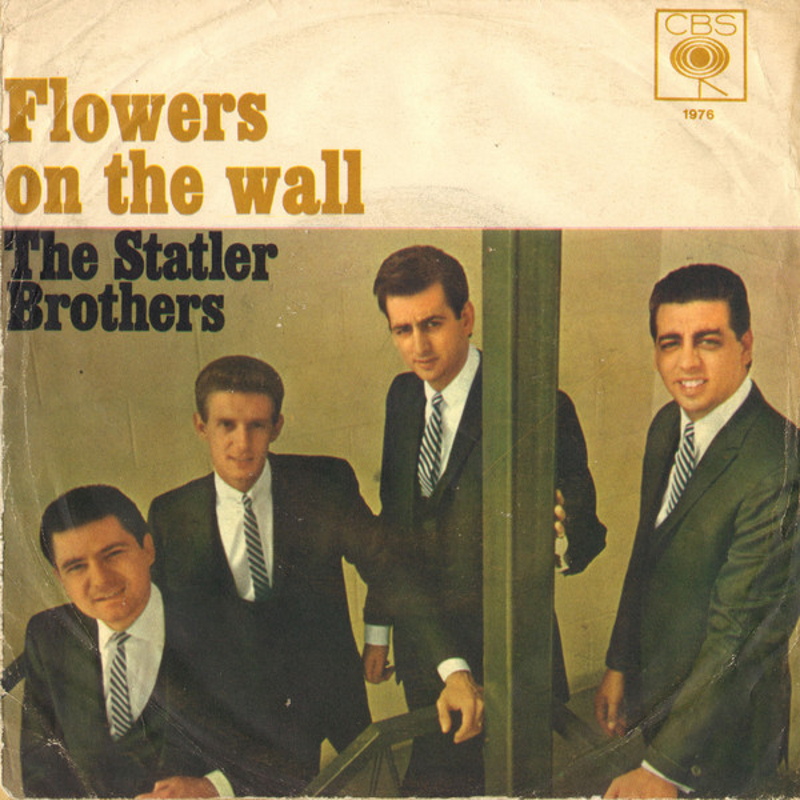Introduction

Flowers on the Wall: A Timeless Ballad of Boredom and Escape
The Statler Brothers’ “Flowers on the Wall” is more than just a catchy tune; it’s a poignant reflection on the mundane realities of everyday life. Released in 1965, it became an unexpected crossover hit, resonating with audiences far beyond the country music genre.
Penned by the group’s lead vocalist, Lew DeWitt, the song draws inspiration from the mundane routine of a seemingly ordinary man. The lyrics paint a vivid picture of a solitary existence, filled with repetitive tasks and a yearning for something more. Lines like “I sit and watch the raindrops fall / And count the flowers on the wall” capture the ennui of a life devoid of excitement.
Yet, “Flowers on the Wall” isn’t simply a melancholic lament. There’s a subtle humor and a touch of defiance in the narrator’s acceptance of his situation. The song becomes an anthem for those who find themselves trapped in monotonous routines, offering a sense of camaraderie and understanding. The repetitive chorus, with its simple, catchy melody, becomes a mantra for anyone seeking solace in the ordinary.
The song’s success can be attributed to its relatability. It tapped into a universal feeling of boredom and the desire for escape, a sentiment that resonated with people from all walks of life. The Statler Brothers’ harmonies and the song’s gentle melody added to its appeal, making it a comforting and familiar tune.
“Flowers on the Wall” remains a timeless classic, often referenced in popular culture and covered by various artists. It’s a testament to the power of simplicity and the ability of a song to capture the human experience in a relatable and enduring way.